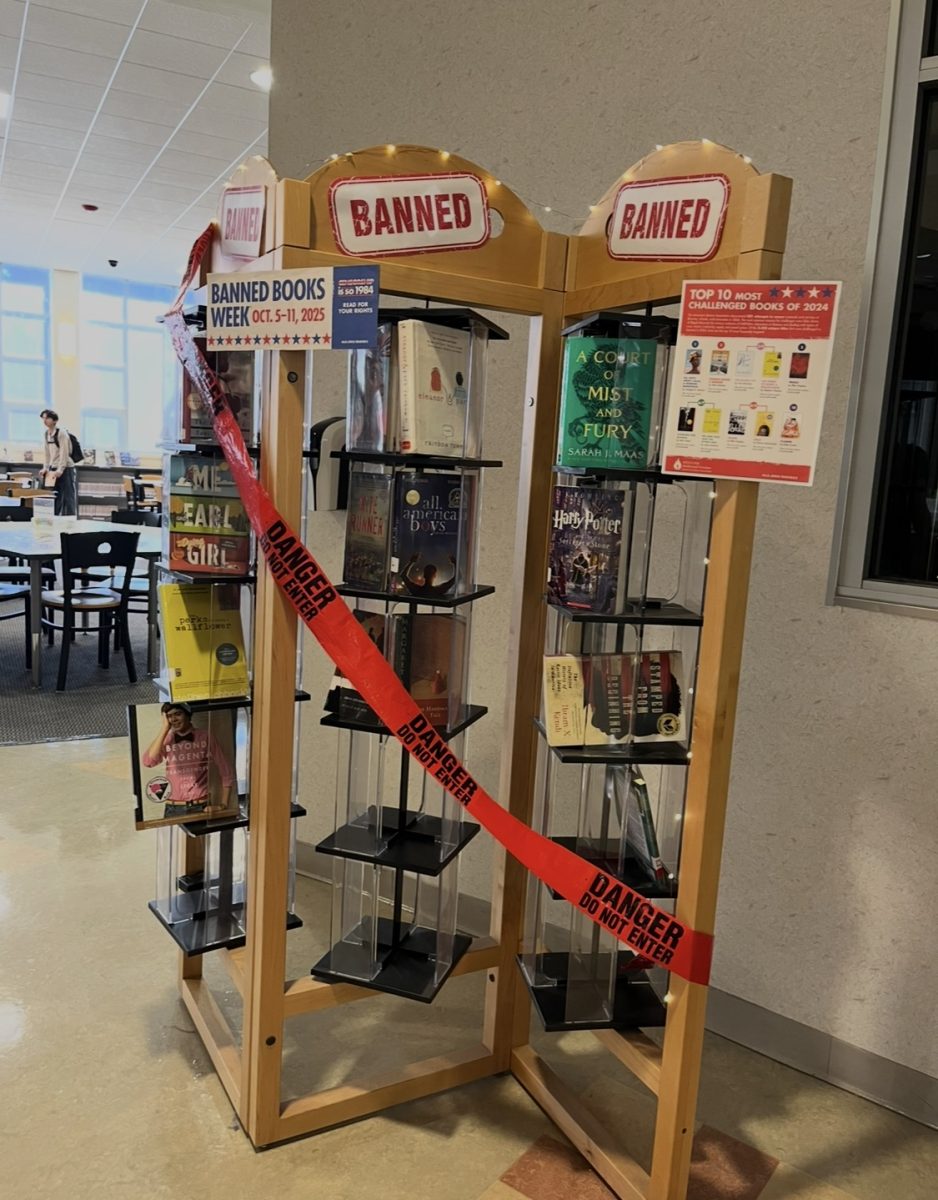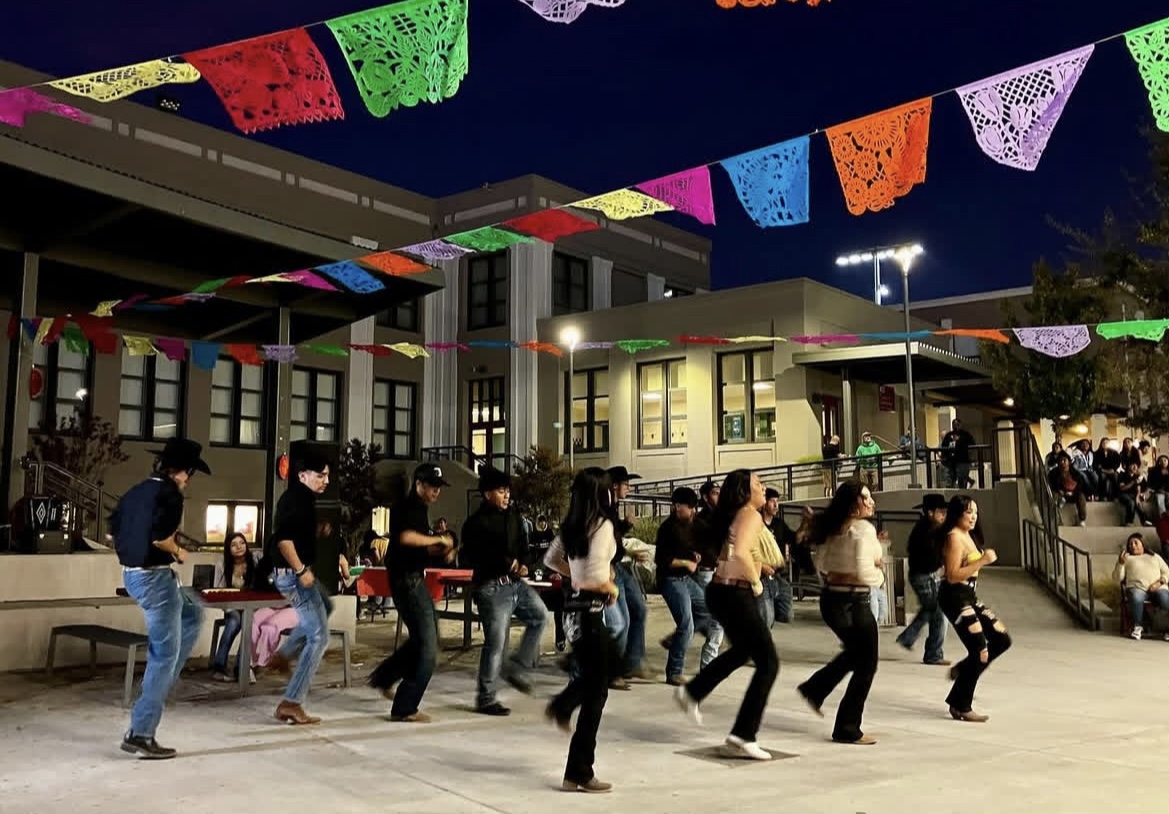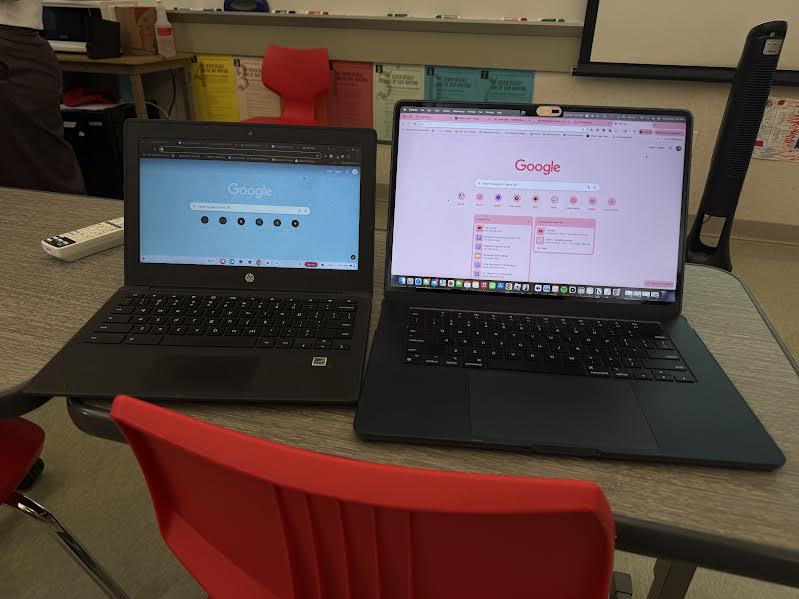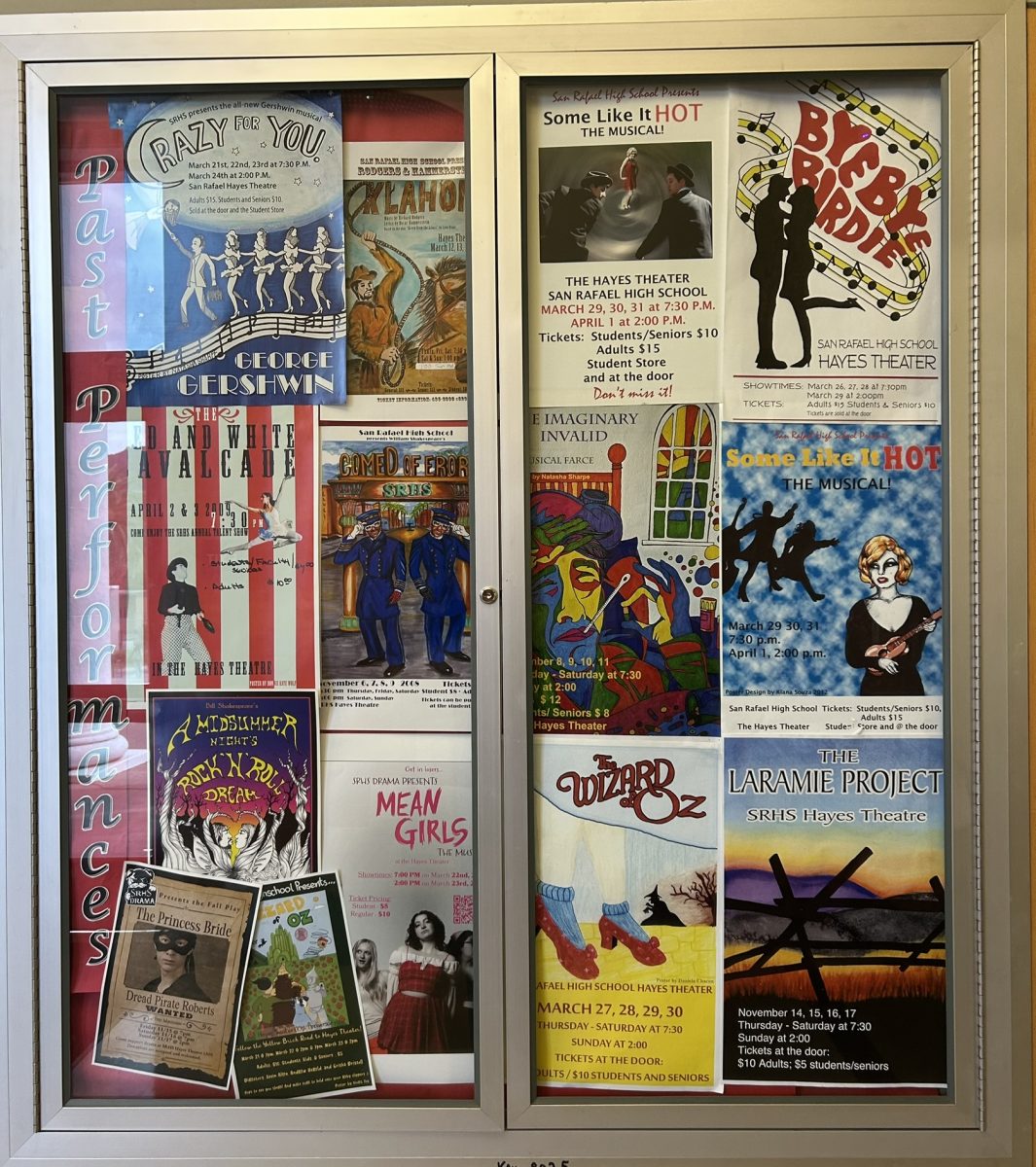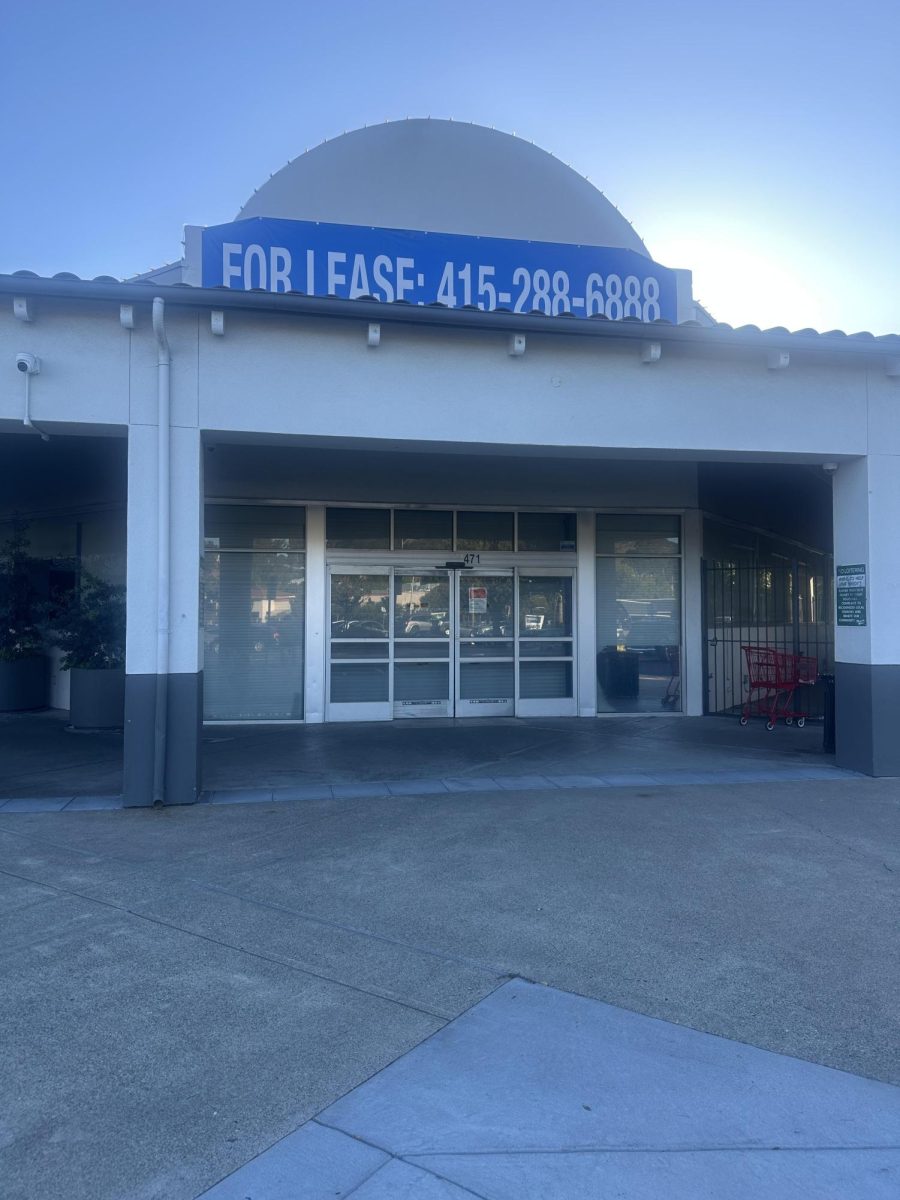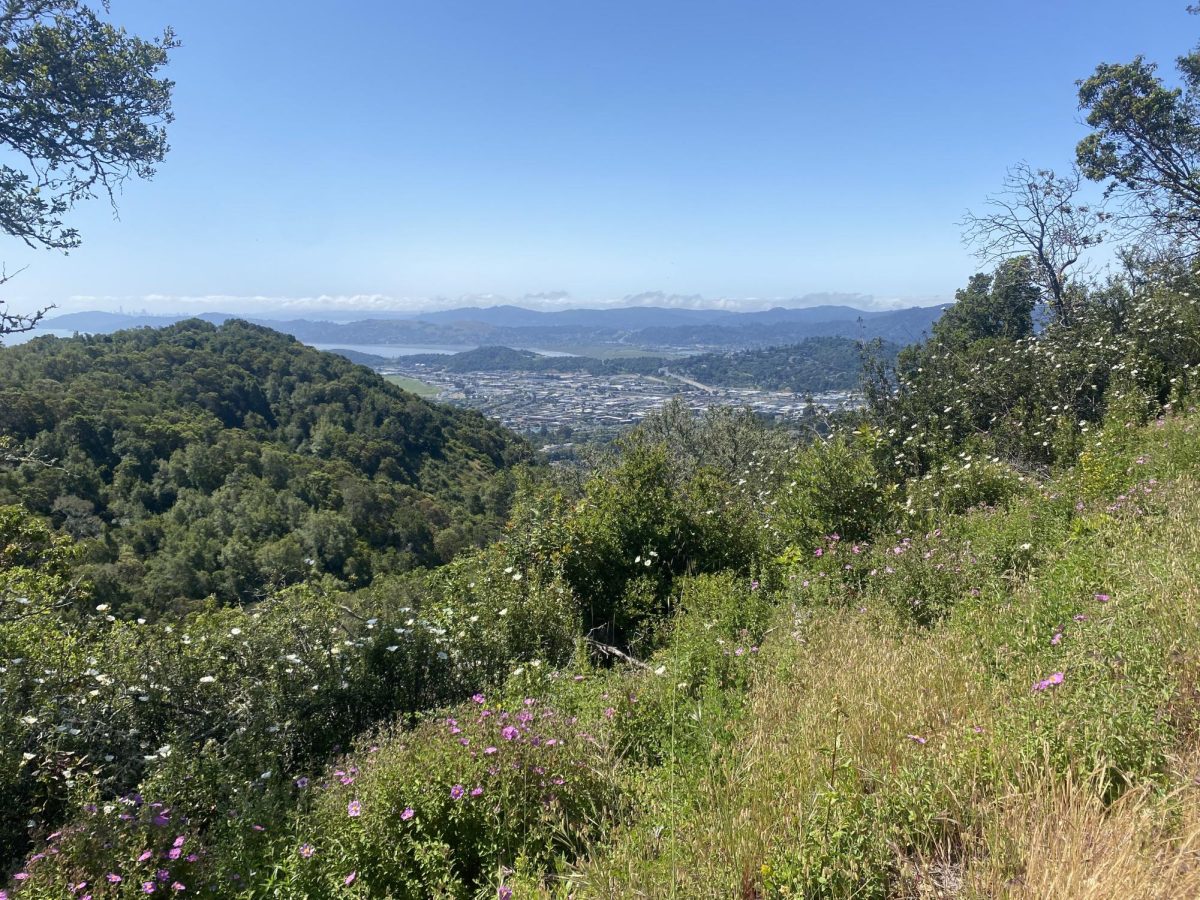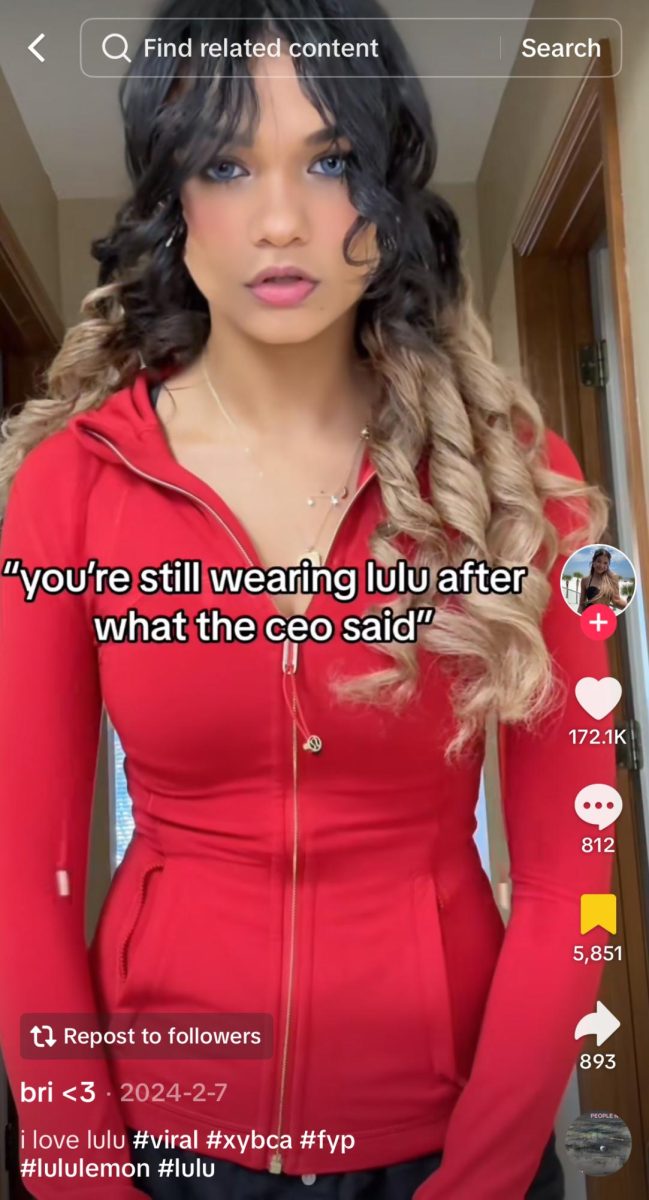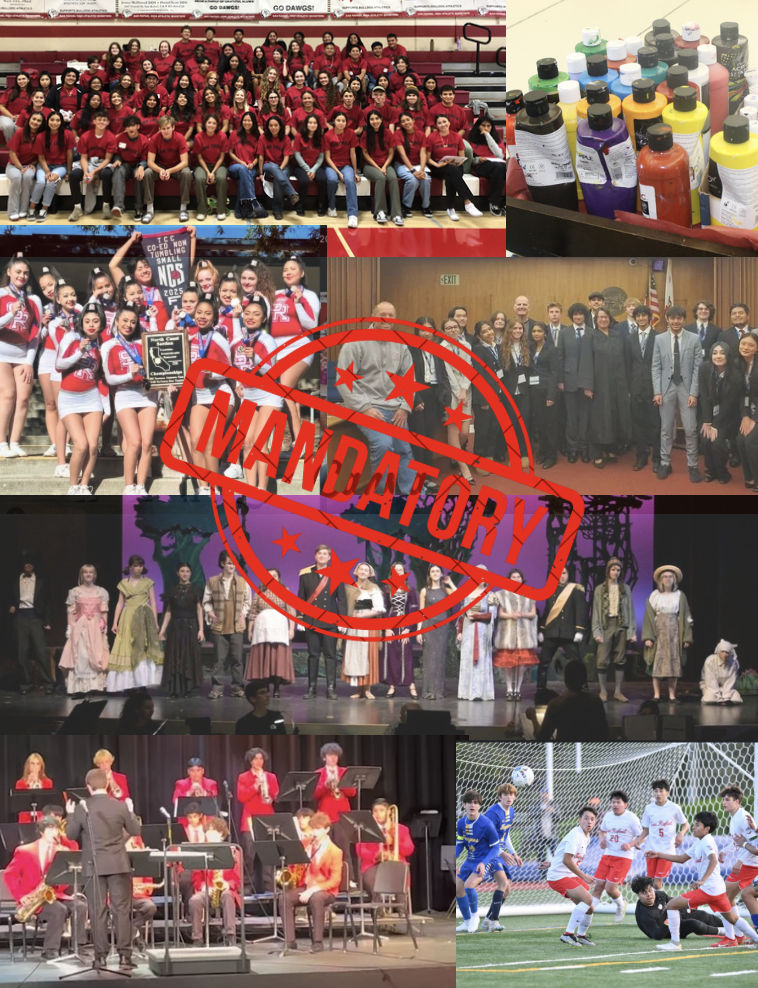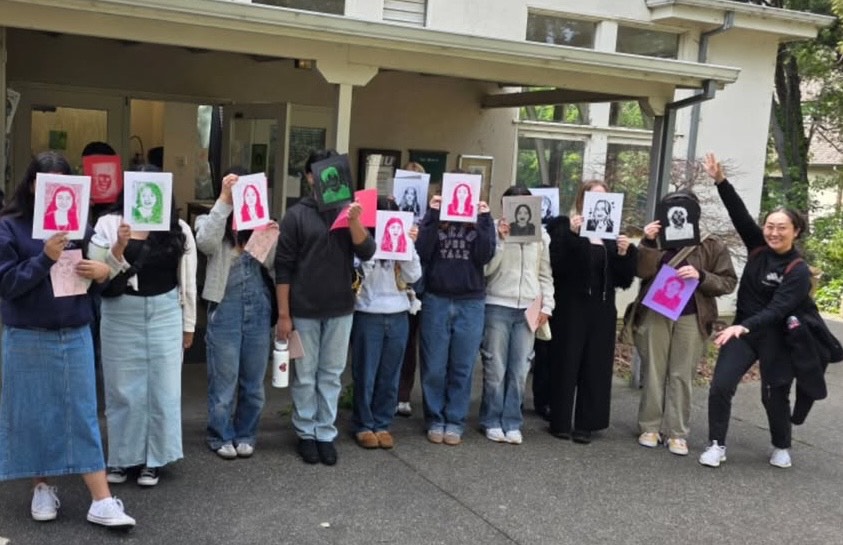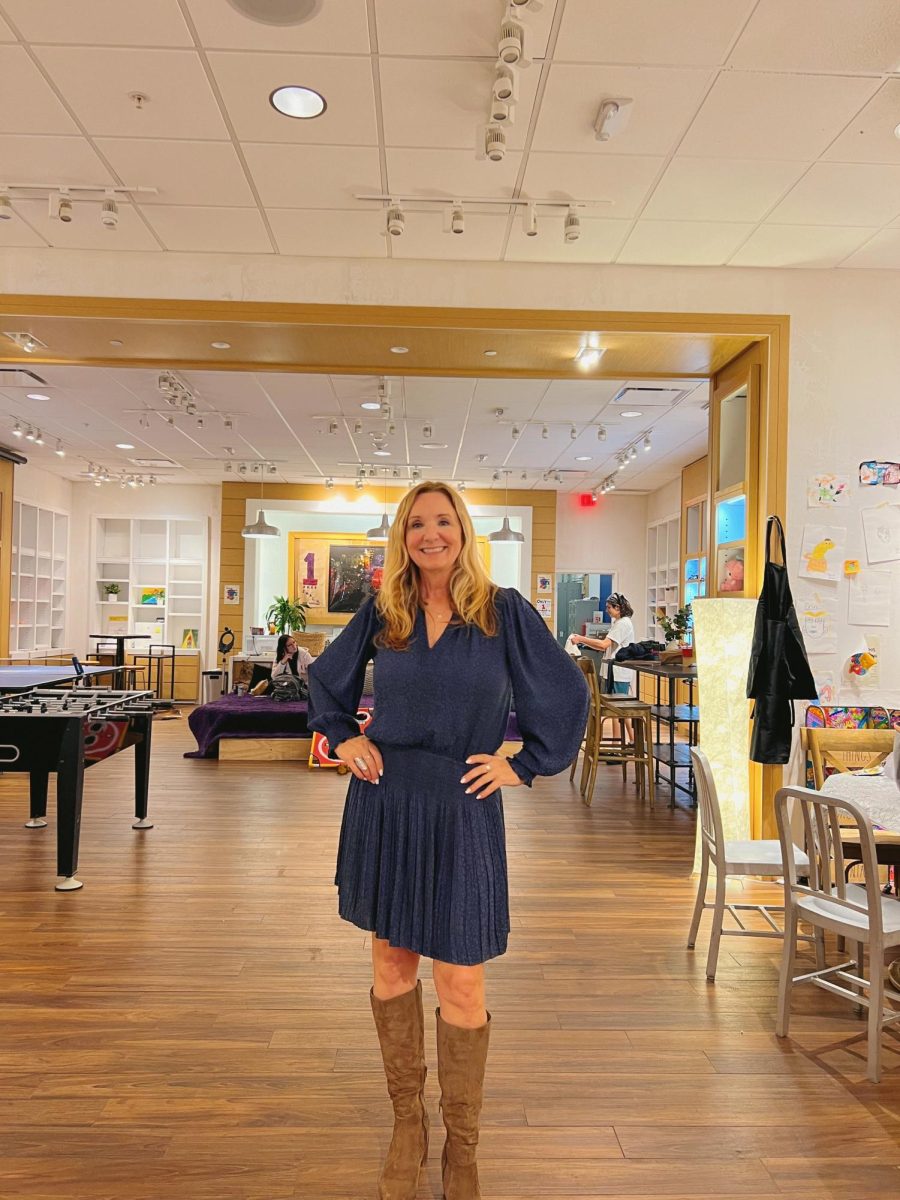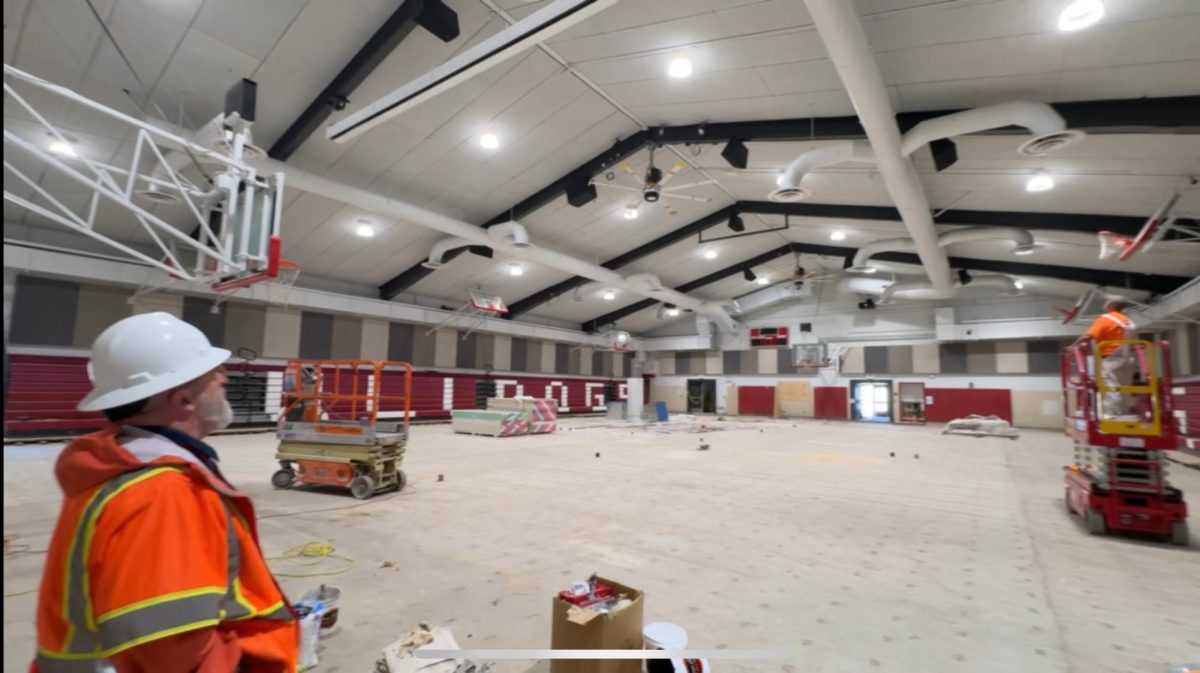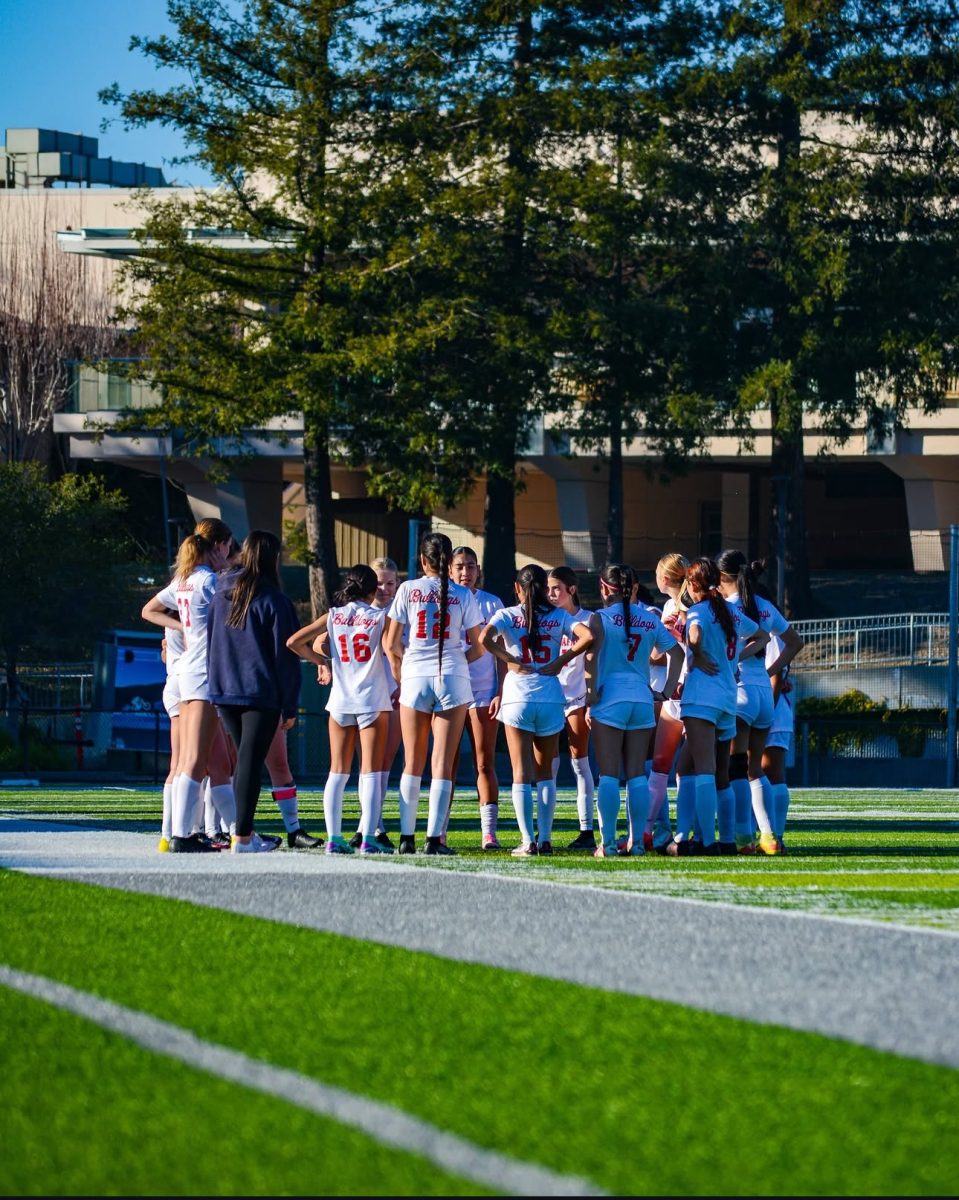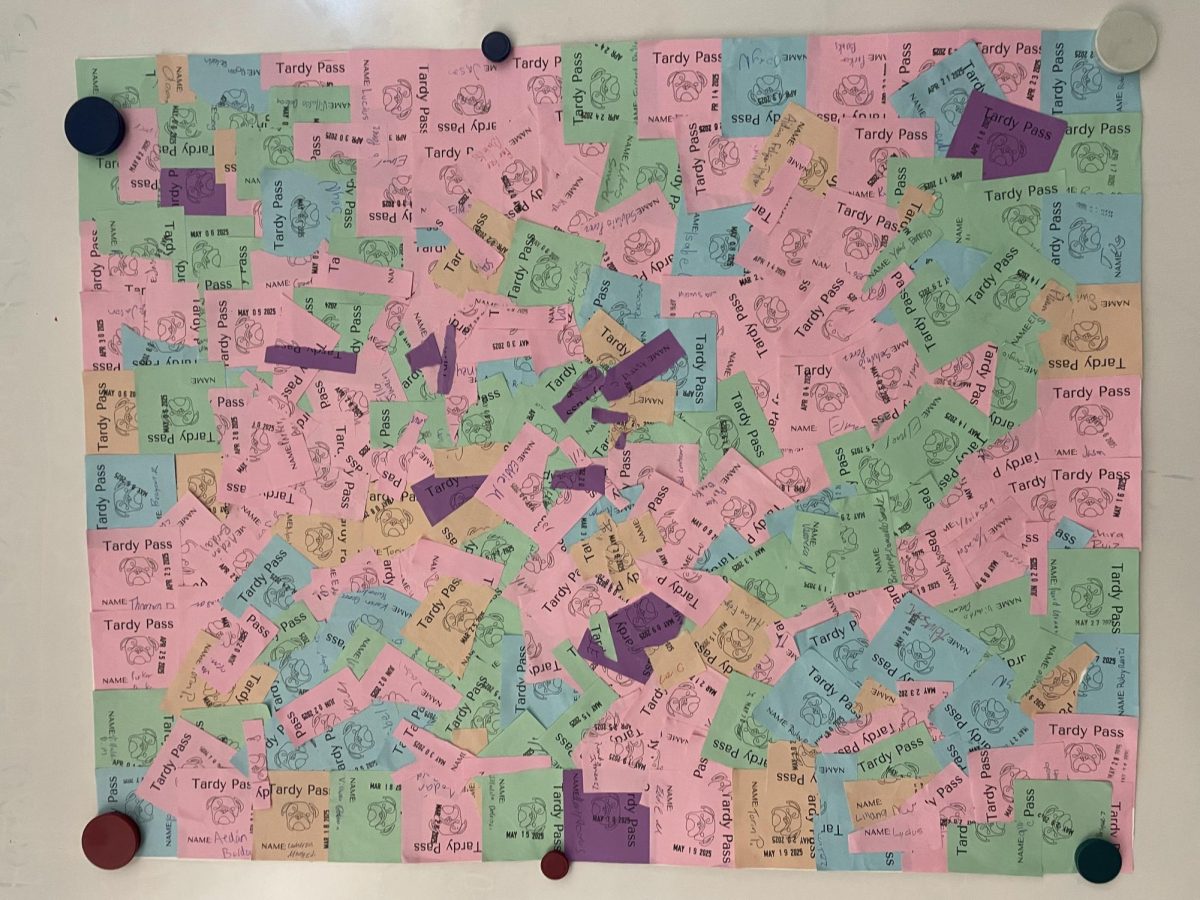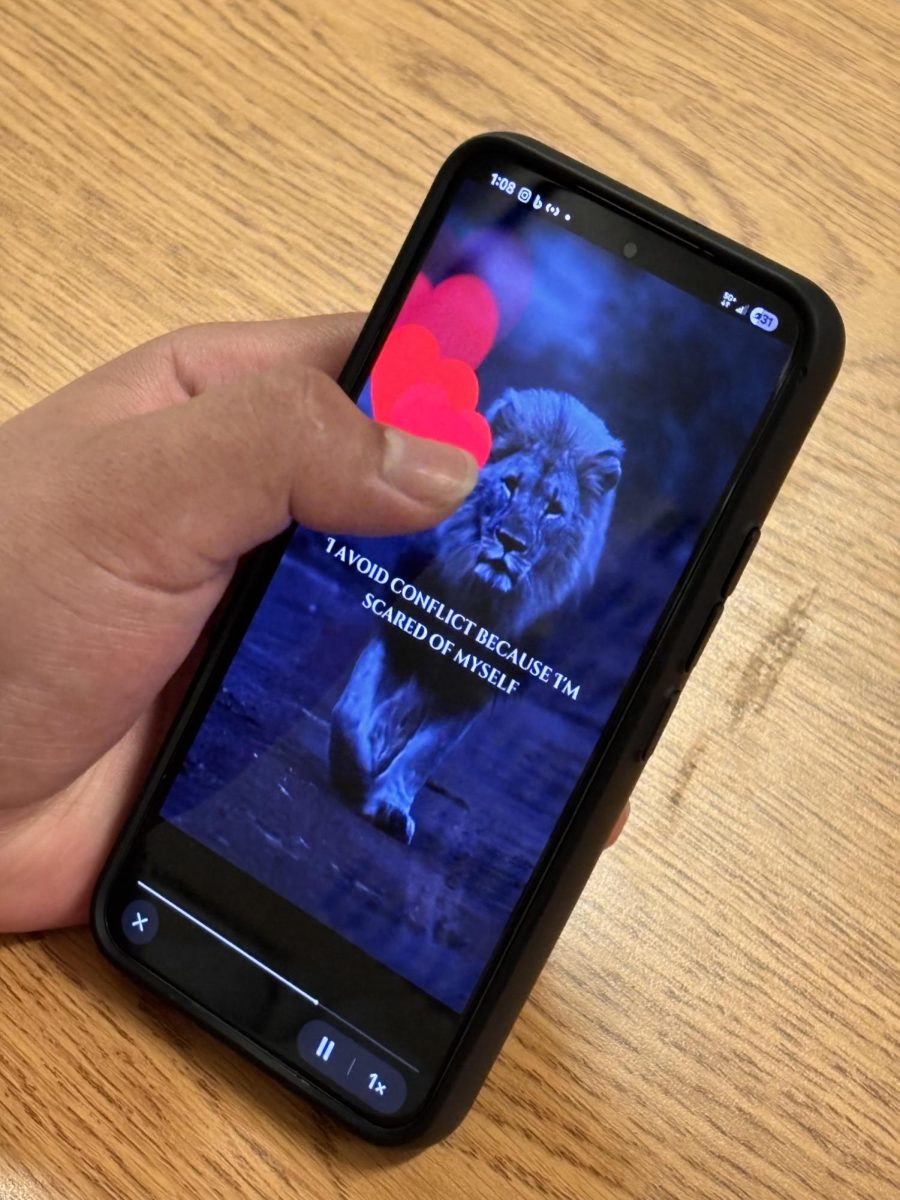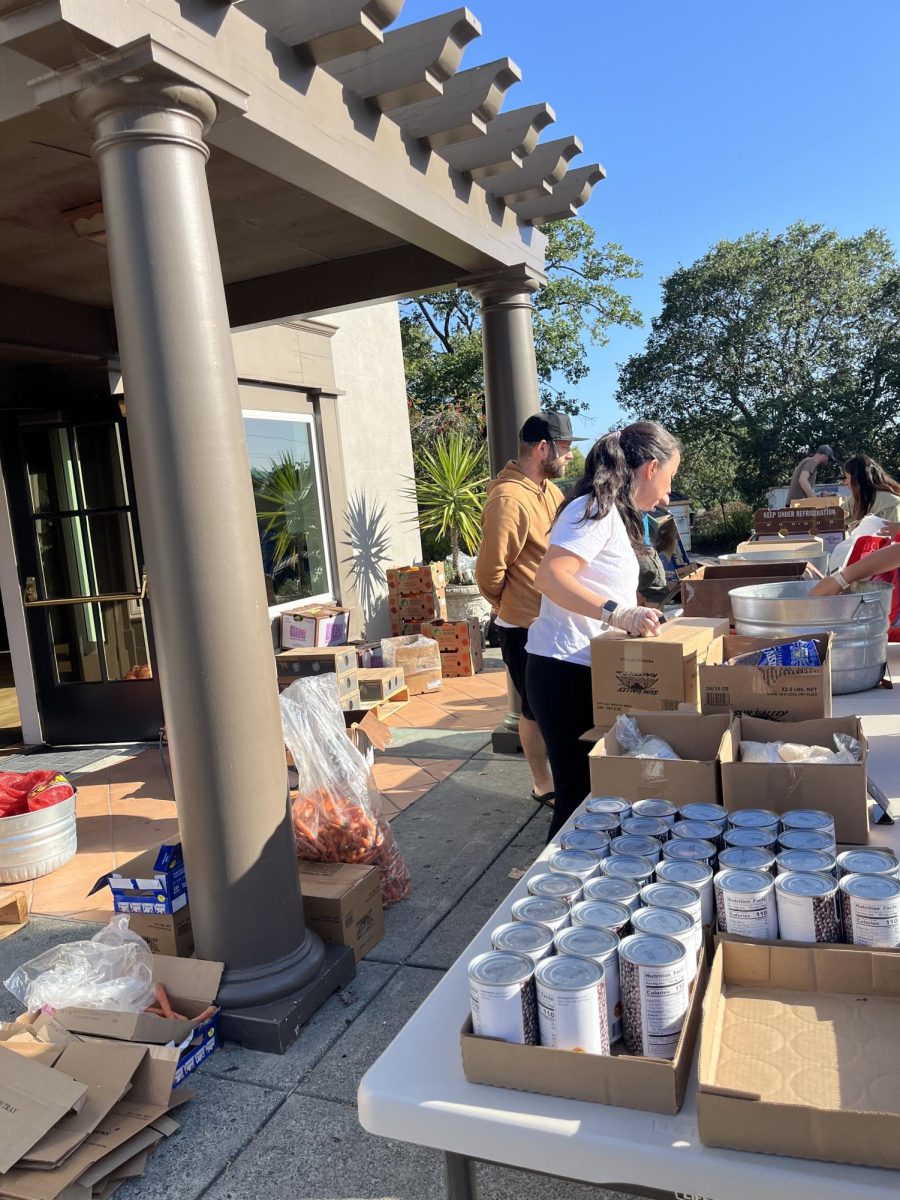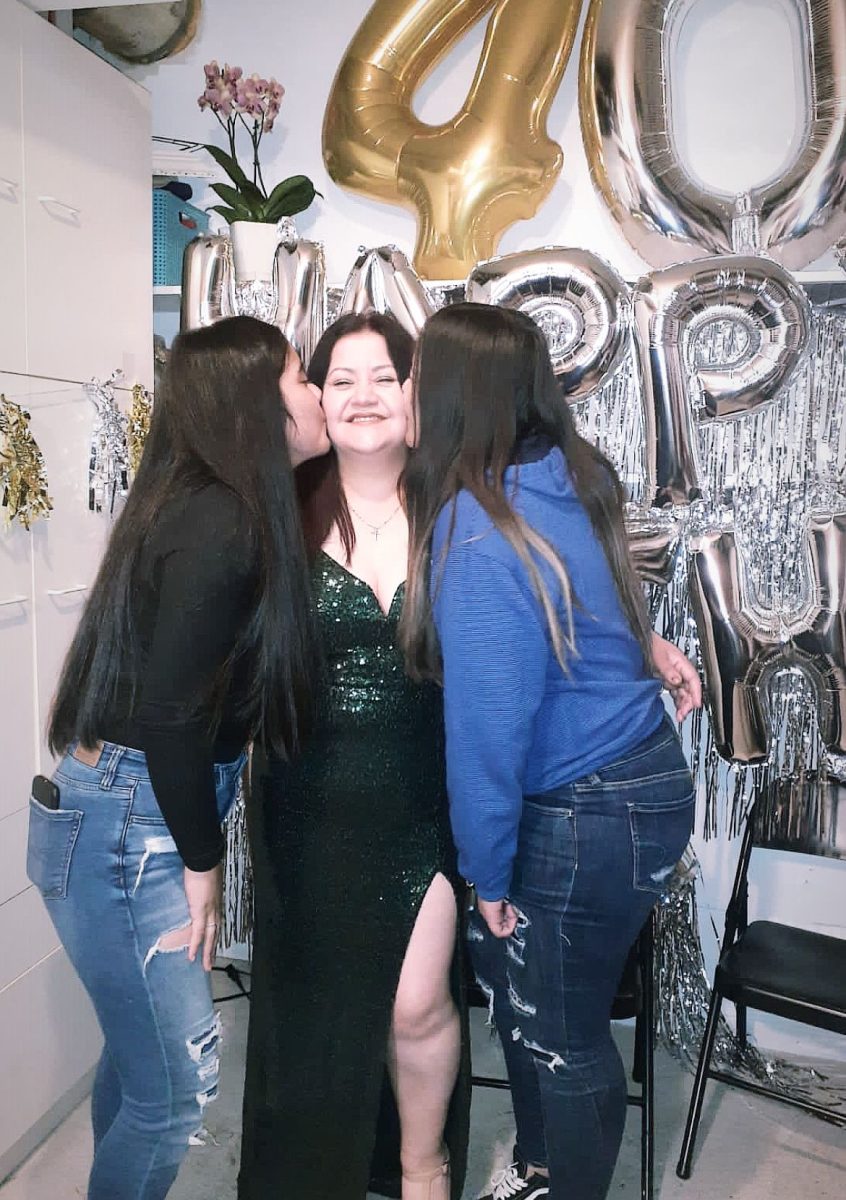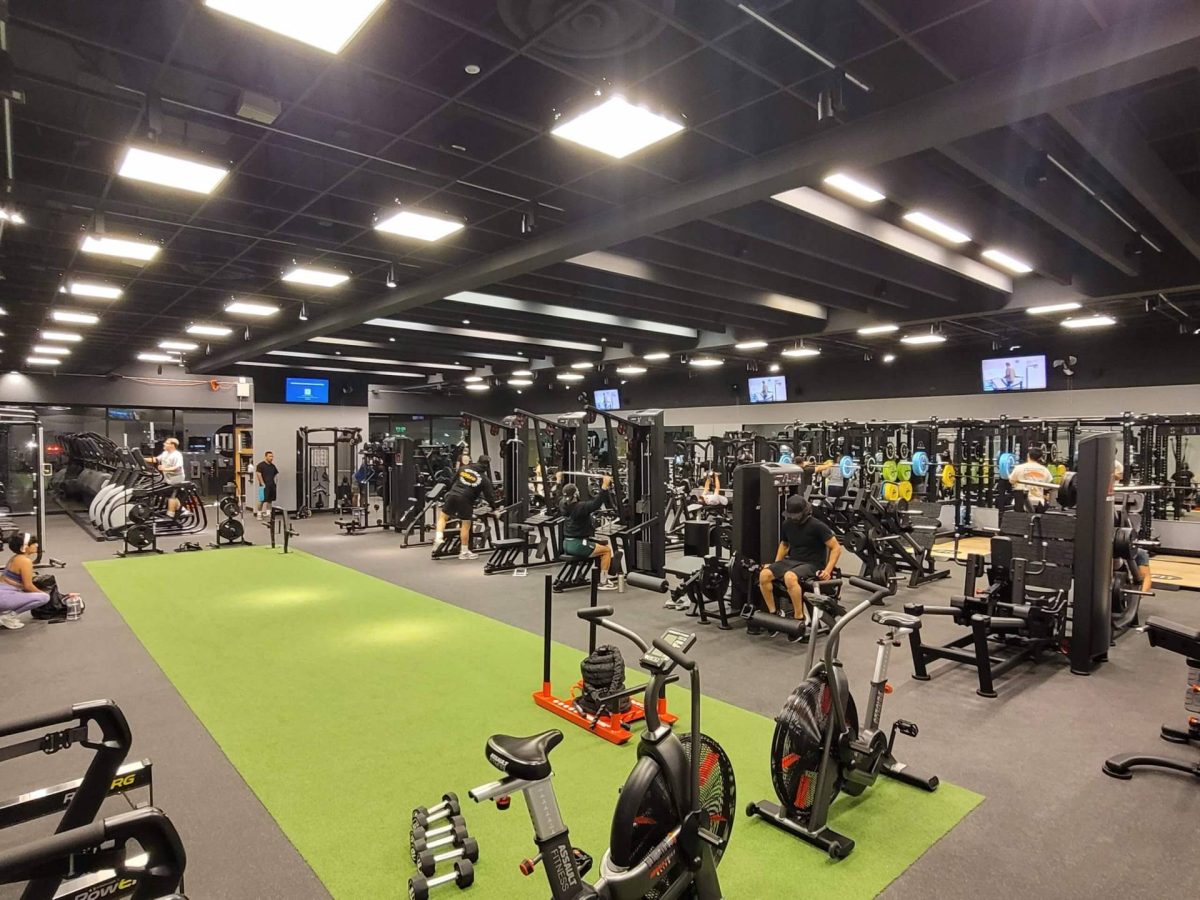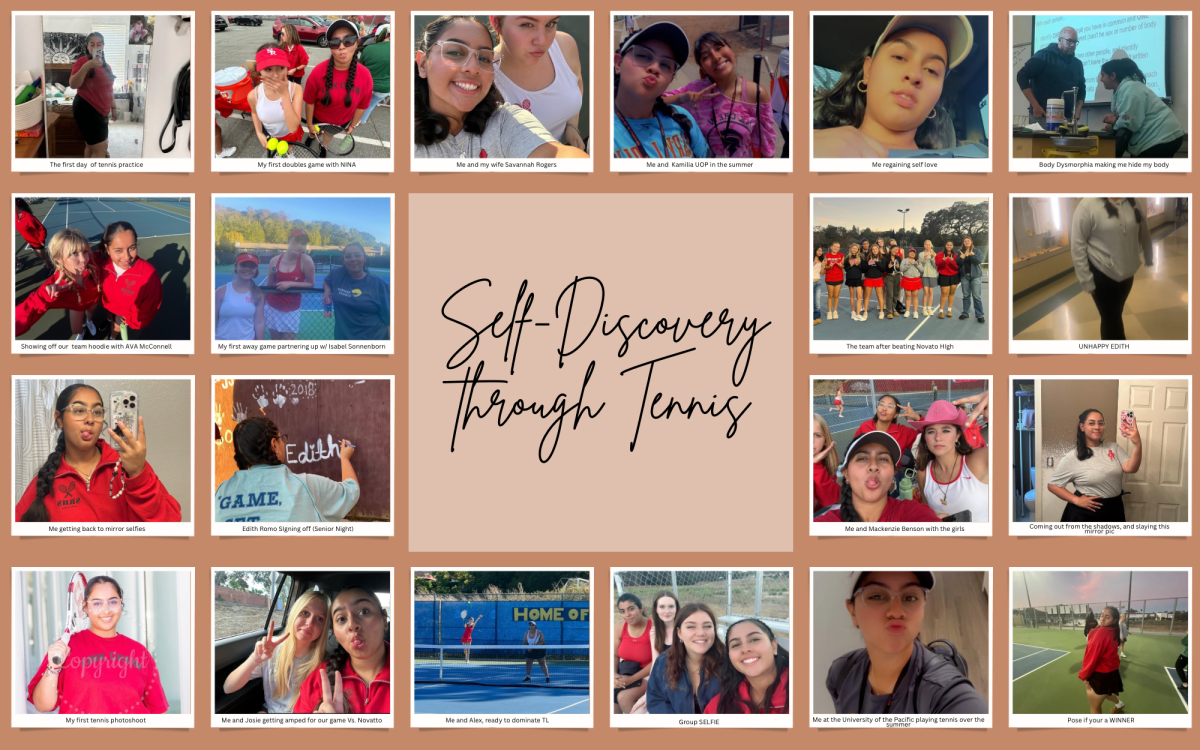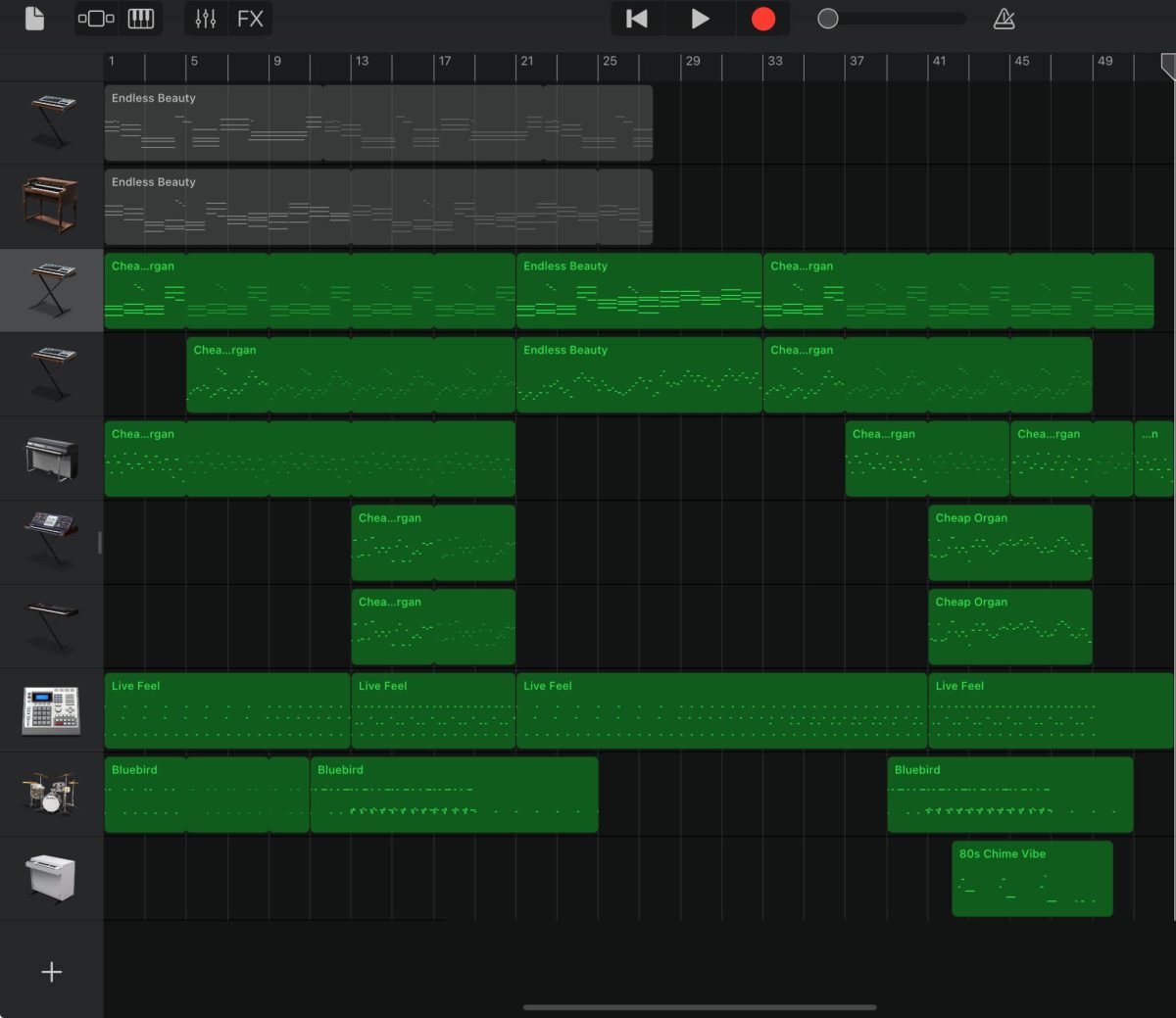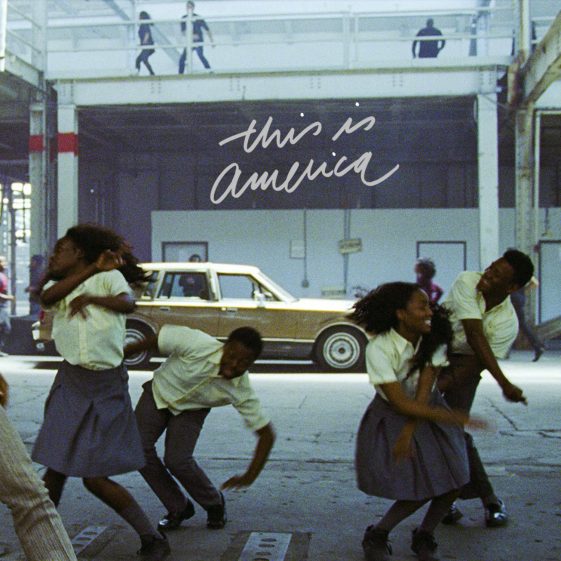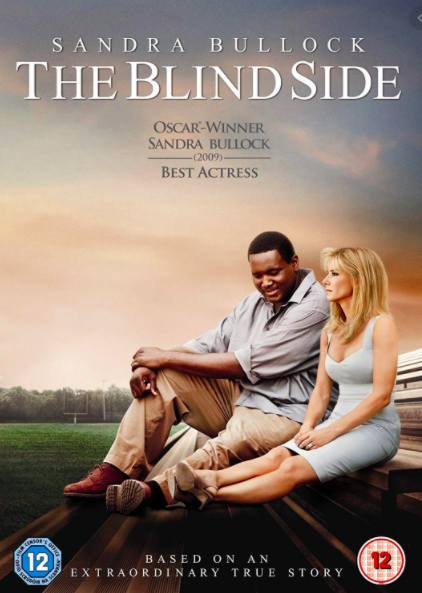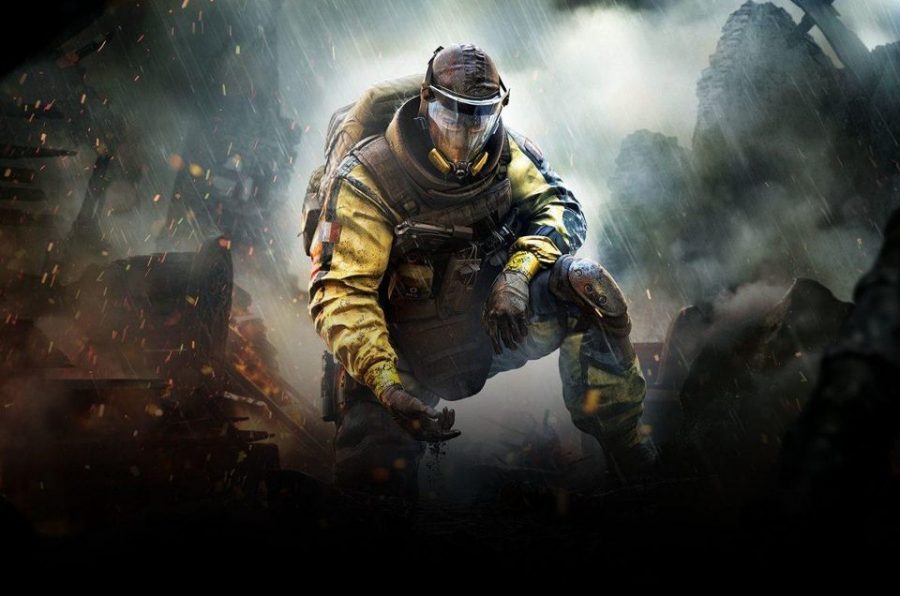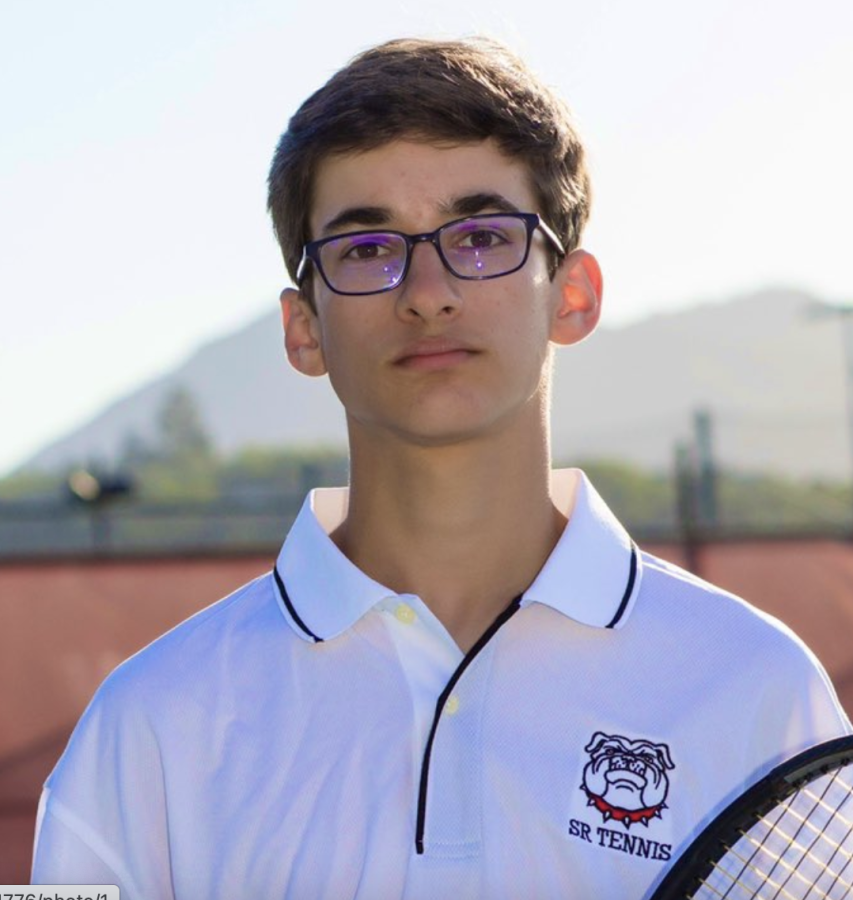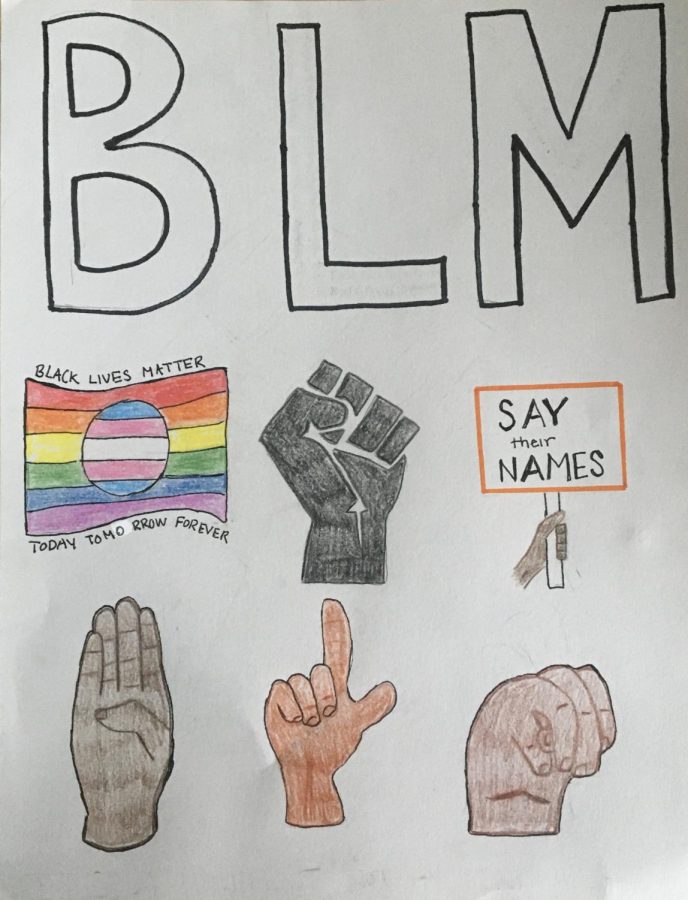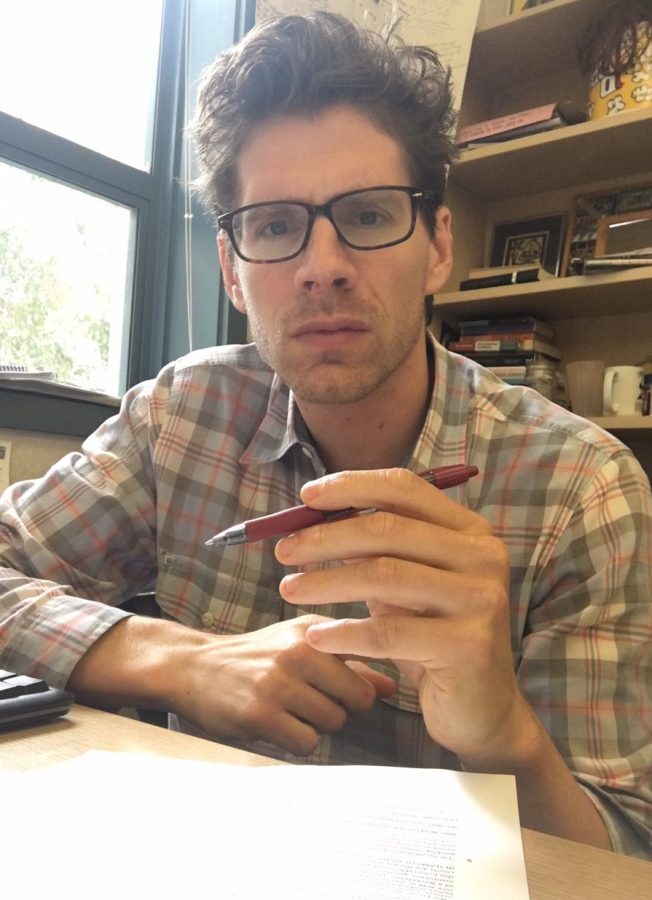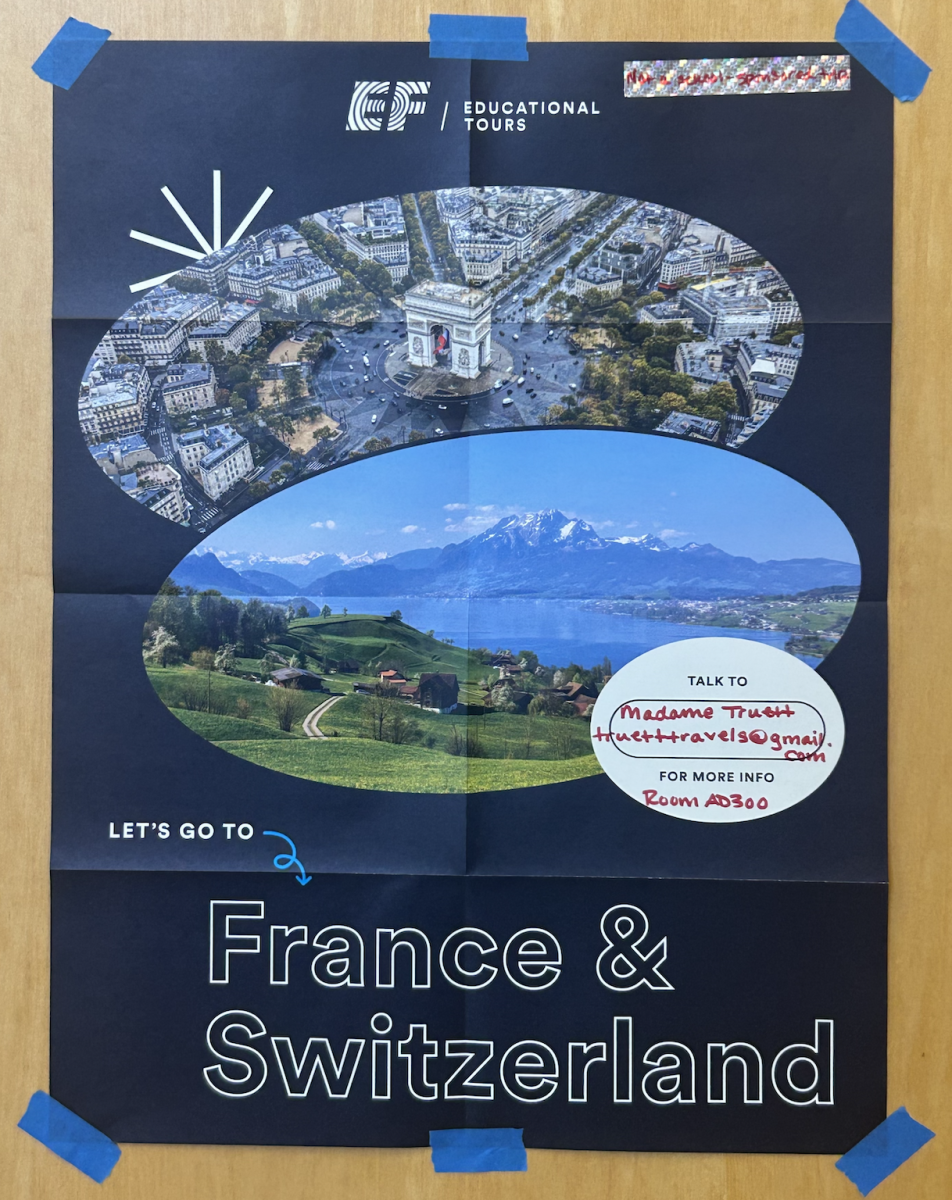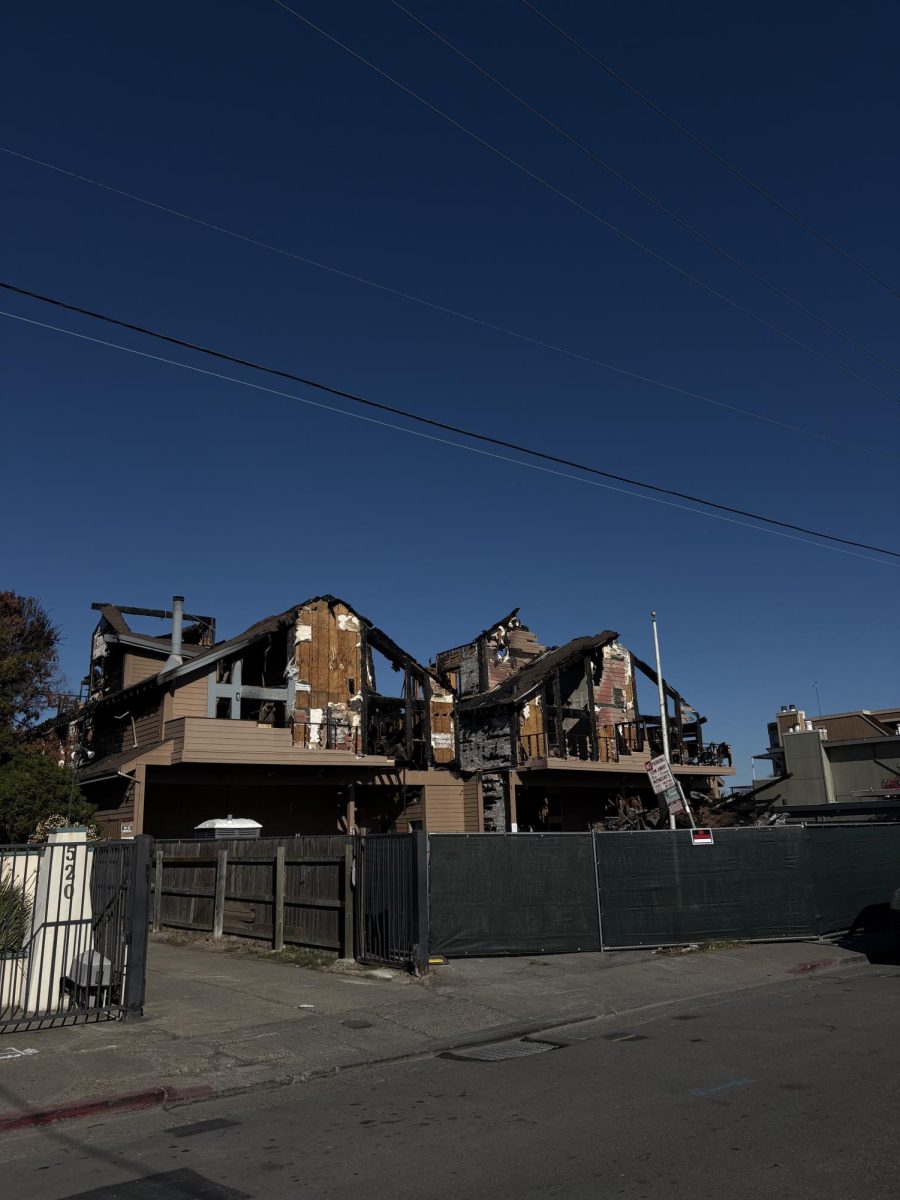Across the United States, schools and libraries have found themselves at the center of growing debates over what schools should be allowed to read.
From Florida to Texas, efforts to restrict access to certain books have sparked nationwide, but in San Rafael, students remain unaffected and are not seeing the same restrictions as those in other states. Teachers and librarians at San Rafael High School say the school’s commitment to open speech and free expression has helped shield it from the growing wave of censorship that other schools have experienced.
Giving students access to a variety of voices and ideas is a priority.
“We’re very open about free speech here,” said Mrs. Alexis Morgan, an English teacher at San Rafael High. “And once you start banning one book, where do you stop?”
Across the U.S., book challenges and removals have surged in recent years. Critics, people who oppose books being banned, have argued that banning books limits access to diverse stories and restricts free thought. But those who support books being banned say some titles contain content that’s inappropriate for certain age groups or clash with community values around religion, race, or culture.
To get a book banned, parents, advocacy groups, or local officials campaign to remove it from school libraries or class curricula. These efforts often target books that deal with race, gender identity, sexuality, or historical trauma, which are subjects that some find controversial but others see as vital to understanding society. For example, in Florida, a book that is banned is called Sold by Patricia McCormick. It’s a book dealing with child trafficking and sexual exploitation. It was banned in Florida because of pressure from parental rights groups. According to a September 24 Yahoo Entertainment article, “Some parents have complained that the book is too sexually graphic in nature, akin to pornography,” a claim which McCormick rejects.
San Rafael staff say the school has avoided some conflicts because of its inclusive environment. “It’s a form of censorship that impacts learning,” Mrs. Morgan added. “Students need access to different voices and perspectives.”
Some of these educators acknowledge the concerns about age-appropriate books. “Certain books aren’t appropriate for certain ages,” said Mrs. Stacey Farrell, a History teacher at San Rafael High. “There are some books I wouldn’t want my nine-year-old to read.”
Mrs. Farrell believes parents should have a say in what their children read, but she also worries that overreach could hold back important discussions, and that people are focusing too much on disagreements instead of learning. “I feel bad for you all growing up in such a polarized society,” she said. “People are fighting over these things when it should be about accessing information.”
For others, book bans represent more than just parental oversight; they signal an attempt to control and limit what people can learn or think about. “It can be a form of censorship and control, which can be dangerous,” said Mrs. Lauren Levy, another English teacher at San Rafael High.
Teachers at SR agree that when books are getting banned, it can send the wrong message to students, that difficult topics should be avoided and should not be discussed.
Most are grateful to teach in an environment where discussion isn’t discouraged. “When we give students access to a variety of books, we’re helping them build empathy, understanding, and curiosity,” said Mrs. Levy. “That’s the goal of education.”
San Rafael High librarian Mr. Randy Berner agreed, emphasizing that many challenged books are valuable precisely because they explore information topics and truths. “Great books are great books because they delve into difficult circumstances and areas of life that are to think about,” he said. “Thats how students learn empathy and understand history from multiple perspectives.” Protecting students from challenging ideas can backfire, and students might not be prepared for encountering actual truth.
“I don’t think it’s too far away from one click or two clicks that most of my students are making on their phones,” Mrs. Morgan said, noting that social media has made information easier to find and access, even when certain books are off the shelves and unavailable.
Teachers and librarians at SRHS say reading is more than just an academic skill; it’s a way for students to see themselves and others in new ways. Reading books still plays a special role. Books help students understand themselves and the world in ways social media can’t. “Books can be mirrors,” Mrs. Morgan said. “They help students understand who they are and broaden how they view the world.”
As debates over book banning continue, San Rafael High remains a small example of what open access to information can look like, a place where ideas are discussed, not deleted.
“Once we start closing off information, we lose our ability to think freely,” said Mrs. Morgan. “That’s why keeping books open and available matters, not just for students, but for society.”
While censorship may be common in other states’ school districts, for now, SRHS is a place where ideas are shared freely and students are encouraged to think for themselves, and form their own opinions, one book at a time.

